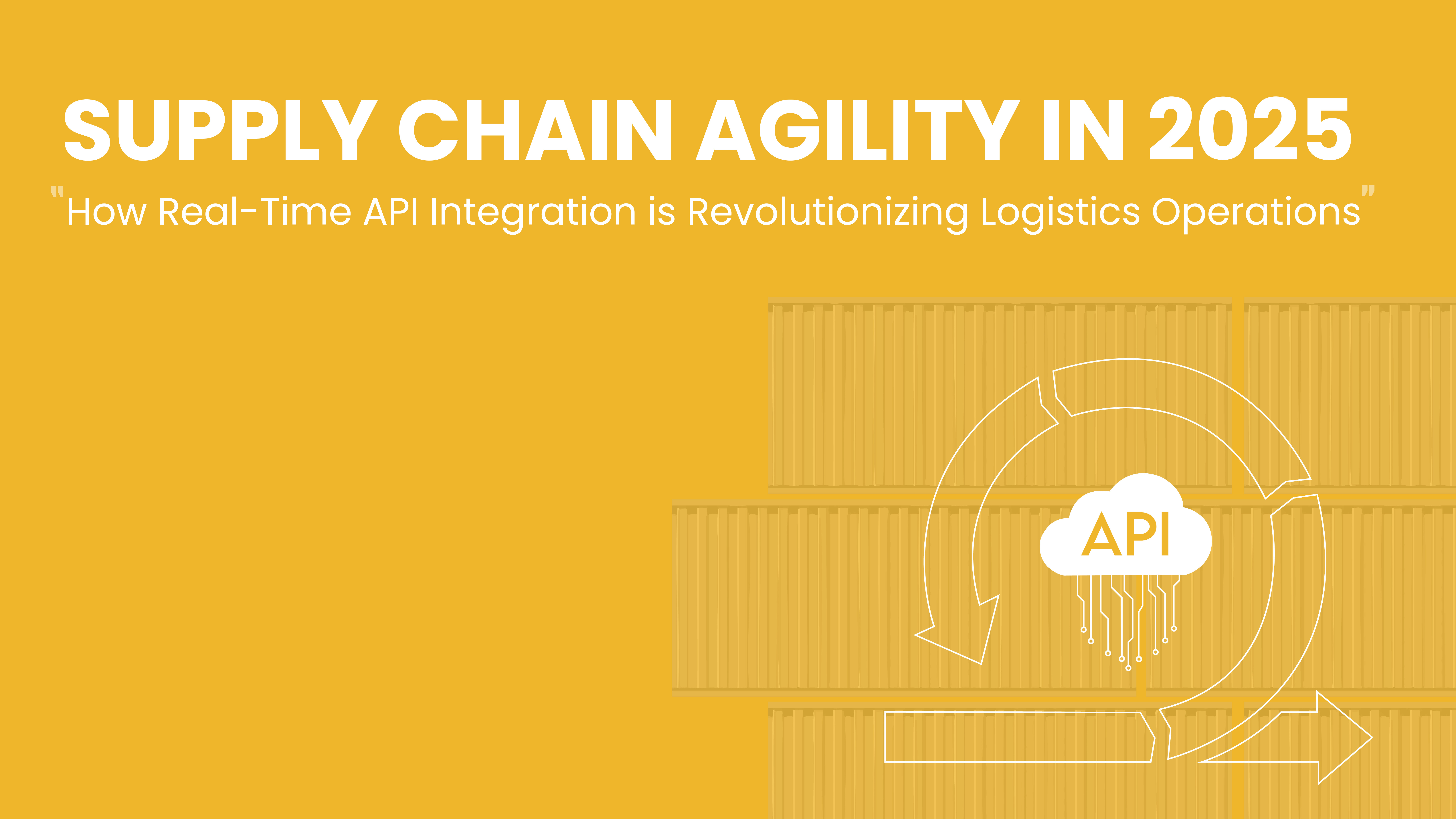
What if supply chains could think, react, and adapt in real time? In 2025, supply chain agility is no longer just about moving goods- it’s about making millions of micro-decisions instantly. Logistics API integration has redefined agility, turning weeks of planning into live, automated responses. According to Gartner, by 2025, over 80% of supply chain interactions will be digitized, with APIs serving as the invisible highways powering global trade and digital transformation.
APIs are no longer just technical tools; they’re the nervous system of logistics. From monitoring container temperatures to updating customs clearance or rerouting deliveries during weather disruptions, APIs allow fragmented systems- warehouses, ports, carriers, and retailers- to speak the same language using real-time data.
The vision is simple: a transparent, adaptive supply chain where inefficiencies vanish and resilienc takes center stage. Much like fintech APIs transformed banking, logistics API integration is making supply chains smarter, leaner, and more customer-focused.
It’s the leap from fax machines to live video calls- supply chains are no longer static, they’re alive.
Logistics API integration is transforming fragile supply chains into flexible, strategic ecosystems that thrive on supply chain agility.
2025 marks the rise of supply chains that act like living organisms, sensing, responding, and evolving in real time. Next steps include:
The skill of tomorrow is clear: API-driven orchestration. Leaders who embrace this digital transformation will unlock agility, resilience, and long-term growth.
In 2025, supply chain agility isn’t an aspiration; it's a necessity, powered by logistics API integration and real-time data. Businesses embracing real-time integration gain efficiency, transparency, and resilience. Those who don’t risk being left behind in a world where logistics no longer waits.

.svg)